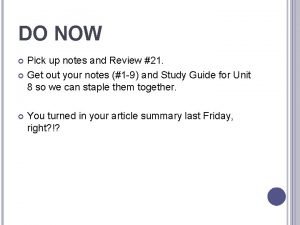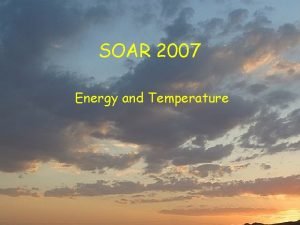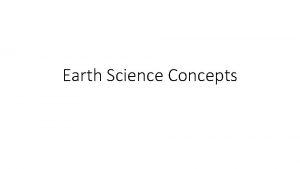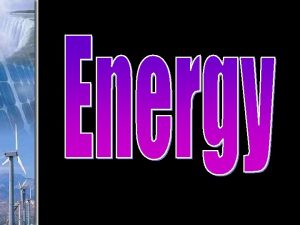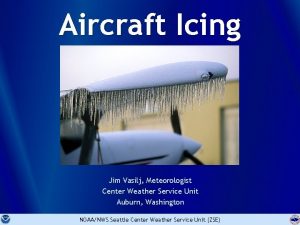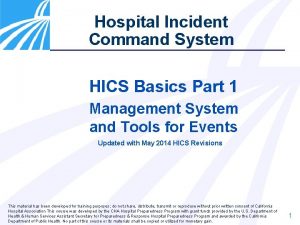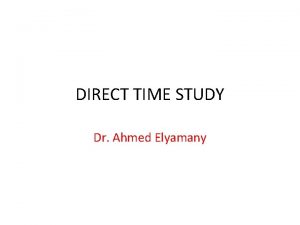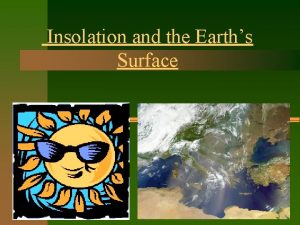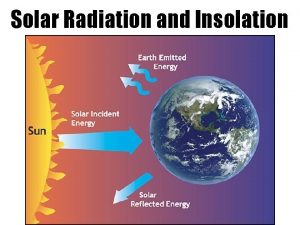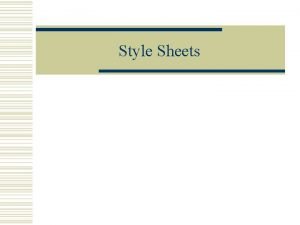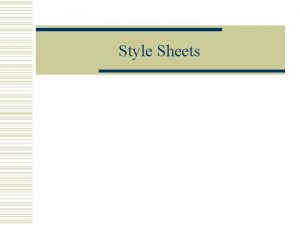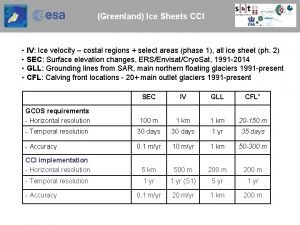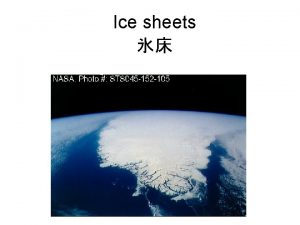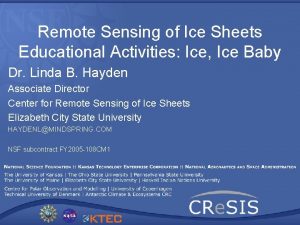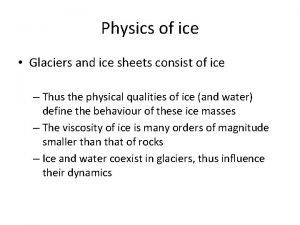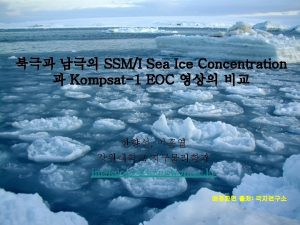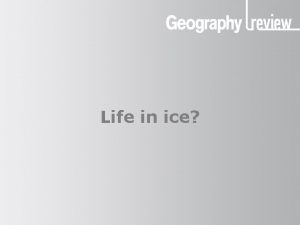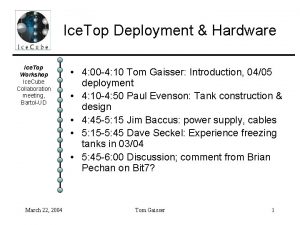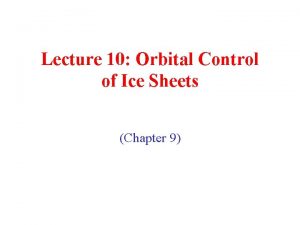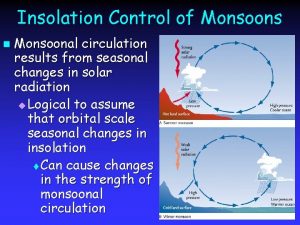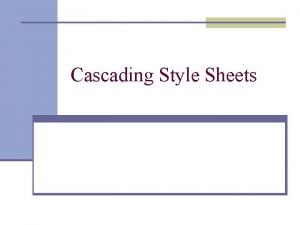Chapter 10 Insolation control of ice sheets Ruitang























- Slides: 23

Chapter 10— Insolation control of ice sheets Ruitang Soong

Outline n What controls the size of ice sheet? n Modeling the behavior of ice sheets n North hemisphere ice sheet history

What controls the size of ice sheet? n Elevation & Latitude n Temperate n Insolation n Orbit of Solar-Earth Figure 10 -1

Orbital-scale control of ice sheet: The Milankovitch theory n Key point Summer insolation control of ice sheets n Previous study J. A. Adhemar (1842) James Croll (1864, 1875) Milutin Milankovitch (1915~ 1940) combined precession, eccentricity, and tilt. Chose summer in the northern high latitudes as the important season; predicted warm periods at 125, 105, and 82 ka.

Diagram depicting variation in precession. Image by Robert Simmon, NASA GSFC. Taken from http: //earthobservatory. nasa. gov/Library/Giants/Milankovitch/milankovitch. html.

Figure 10 -2 Figure 10 -3

Modeling the behavior of ice sheets n weak insolation in summer Ice growth, ice & bedrock depression n strong insolation in summer Ice melting, ice slipping & calving, bedrock swelling n Two feedback mechanism

Insolation Control of ice sheet size n Climate point n Equilibrium line Figure 10 -5

Figure 10 -7 Figure 10 -6

Ice sheet lags behind summer insolation forcing Ice volume response to lnsolation where l is ice volume d(I)/d(t) is the rate of change of ice volume per unit of time (t) T is the response time of the ice sheet S is the curve of changing summer insolation Figure 10 -8

Figure 10 -9

Delayed bedrock response beneath ice sheet n Elastic response n Viscous response Tack from: Richard E. Goodman, Introduction to Rock Mechanics, 2/e, 1989, Wiley Figure 10 -10

Figure 10 -11 Bedrock feedback to ice growth and melting Insolation control of ice sheet size the initial lag of ice volume behind insolation the subsequent lag of bedrock depression and rebound behind ice loading and unloading

Full cycle of ice growth and decay Figure 10 -12

Ice slipping and calving n Basal slipping (terrain, stress) n Calving n Ice sheet models can be coupled to 3 D GCM models.

North hemisphere ice sheet history

Conceptual Model: Evolution of ice sheet cycles n Changes in summer insolation (shorter-term change) n Gradual global cooling (longer-term change) Note: cycle of tilt is 41, 000 year cycle of precession is 23, 000 year cycle of eccentricity is 100, 000 and 413, 000 year Figure 10 -13

Figure 10 -14

Evidence from δ 18 O: How ice sheets actually evolved n Ocean sediments contain two key indicator of past glaciations Ice-rafted debris δ 18 O N. Shackleton Figure 10 -15

Figure 10 -16 Figure 10 -17

Confirming ice volume change: Coral reefs and sea level n δ 18 O (ice volume) n Radiocarbon (234 U→ 230 Th) n Ice-rafted debris n Coral reefs (sea level)

Box 10 -3

Using astronomical and δ 18 O signals as a chronometer n Orbital tuning Figure 10 -21
 Angle of insolation lab
Angle of insolation lab Ocean current
Ocean current What is insolation
What is insolation Insolation of earth
Insolation of earth Whats insolation
Whats insolation Nick czernkovich
Nick czernkovich Clear ice vs rime ice
Clear ice vs rime ice Budgets and balance sheets chapter 4
Budgets and balance sheets chapter 4 Progress monitoring google forms
Progress monitoring google forms Wellcomm score sheets
Wellcomm score sheets Production sheets food service
Production sheets food service Math is not an essential skill for foodservice managers.
Math is not an essential skill for foodservice managers. Intestinal glands
Intestinal glands Draw sheets are used to
Draw sheets are used to Googlc classroom
Googlc classroom College brag sheet
College brag sheet Presidential youth fitness program score sheets
Presidential youth fitness program score sheets Prenatal massage spring tx
Prenatal massage spring tx Nysdot wztc standard sheets
Nysdot wztc standard sheets Moving and handling dementia patients
Moving and handling dementia patients Electronic data sheets
Electronic data sheets Hics structure
Hics structure Common core sheets.com
Common core sheets.com Time study
Time study
